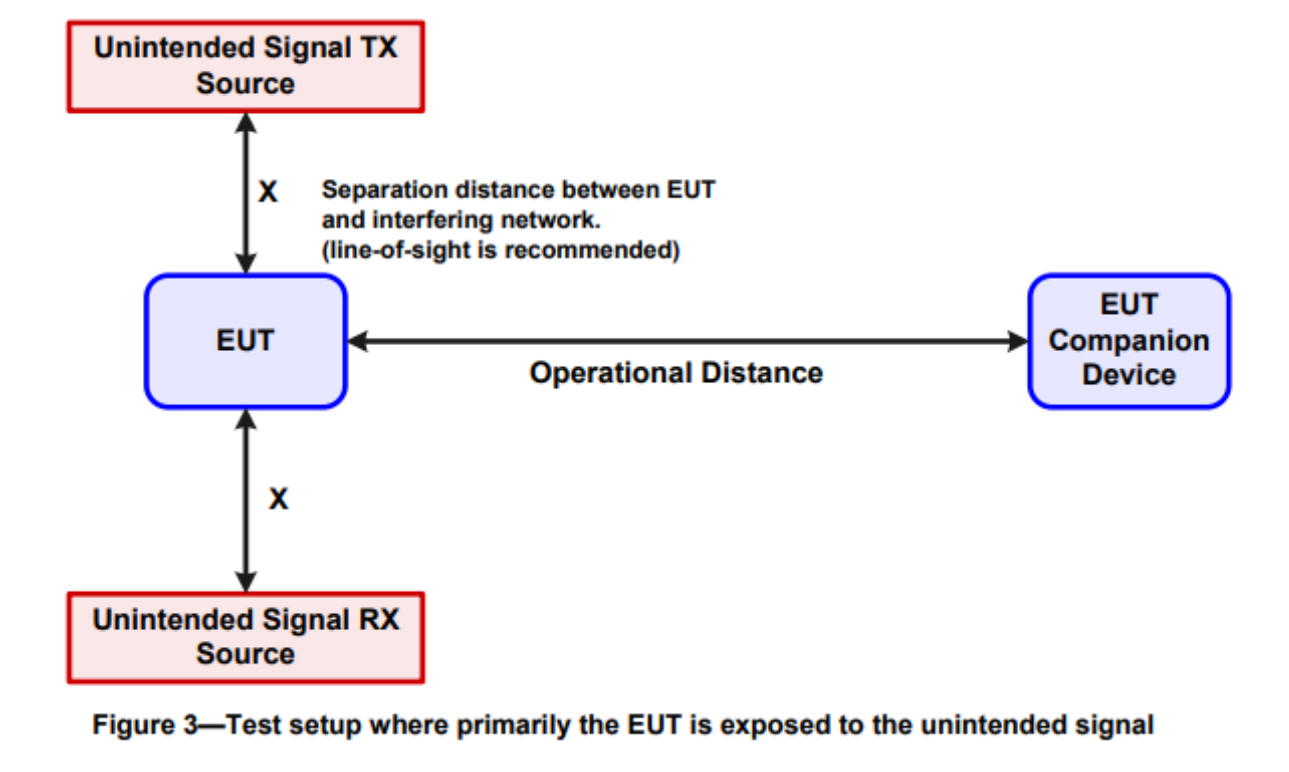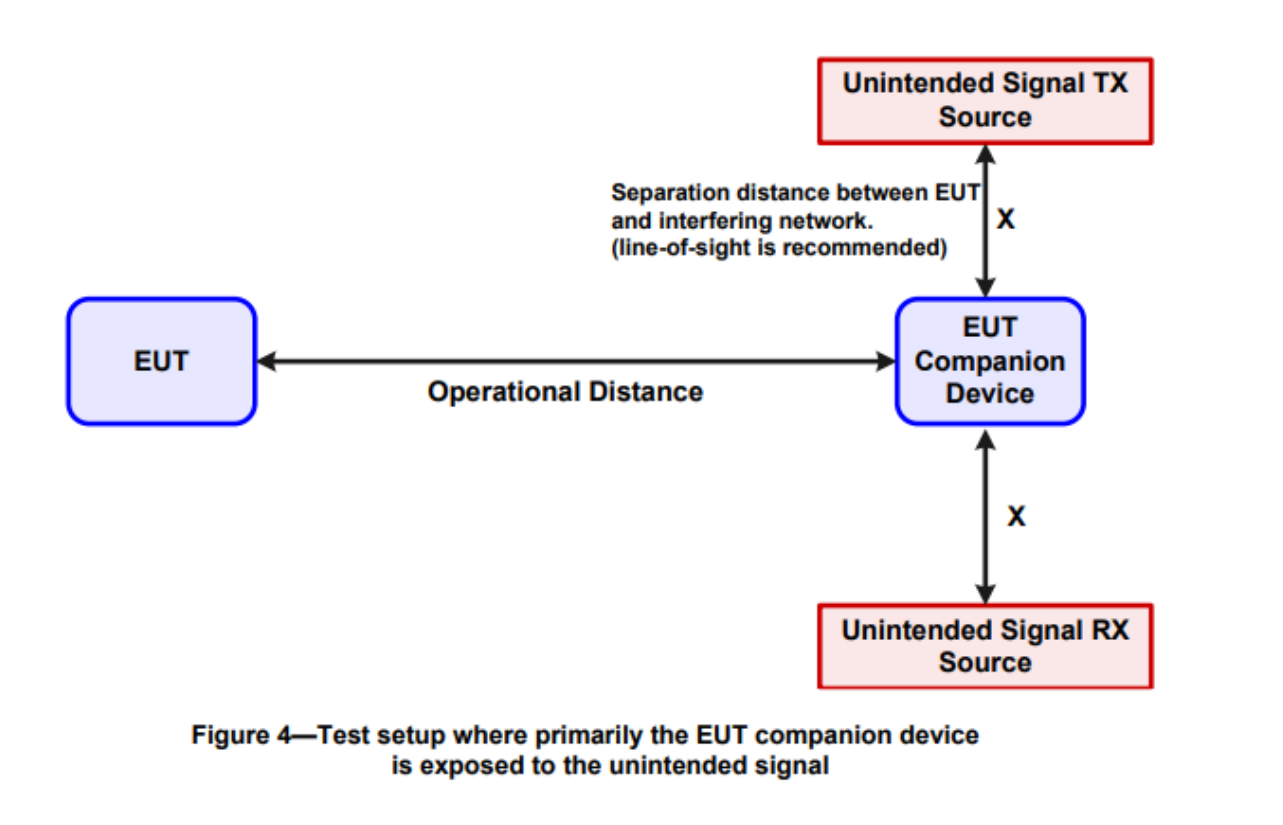
Wireless Coexistence Test Items
The purpose of wireless coexistence testing is to provide evaluation procedures, test methods, and other guidance for assessing the ability of the EUT to successfully maintain its functional wireless performance (FWP) (see 5.3) in the presence of unintended signals that are likely to be found in the same operating environment.




Introduction of Wireless Coexistence test items
EPINTEK RF Lab is accredited by A2LA, IAS according to ISO/IEC 17025 and maintains one RF test chamber and one RF conducted system to support wireless coexistence testing.
The purpose of wireless coexistence testing is to provide evaluation procedures, test methods, and other guidance for assessing the ability of the EUT to successfully maintain its functional wireless performance (FWP) (see 5.3) in the presence of unintended signals that are likely to be found in the same operating environment. This standard includes assessment of the effects of the EUT on the unintended signals. The results of this test may optionally be used to compute the likelihood of coexistence (LoC), or as an input to a risk assessment.
Wireless Coexistence Testing | Test method | · 1) Conducted RF test method Annex B · 2) Multiple chamber test method Annex C · 3) Radiated anechoic chamber (RAC) test method Annex D · 4) Radiated open environment (ROE) test method Annex E |
Risk Categories |
| |
Test Setup |
| |
Test Procedure | · Verify the test setup · Baseline the FWP of the EUT in the test environment · Baseline the performance of the unintended signals in the test environment · Test the FWP of the EUT in the presence of the unintended signals |
Standards
FDA |
ANSI C63.27 |
Design Considerations for Devices Intended for Home Use - Guidance for Industry and Food and Drug Administration Staff |
Radio Frequency Wireless Technology in Medical Devices Guidance for Industry and Food and Drug Administration Staff |
TIR69 |
Lead time:
6-8 weeks per product, depending on the RF specification of EUT and Risk level.
Copyright © EPINTEK GROUP
Powerd by PEERHI
EPINTEK GROUP
Tel: +86 21 54736833
Address: 4th Floor, T2 Wanjin Center, Lane 360, Xinlong Road, Minhang District, Shanghai
E-mail: stefanie.sun@epintek.com




We Focus on the Demand for Innovation



